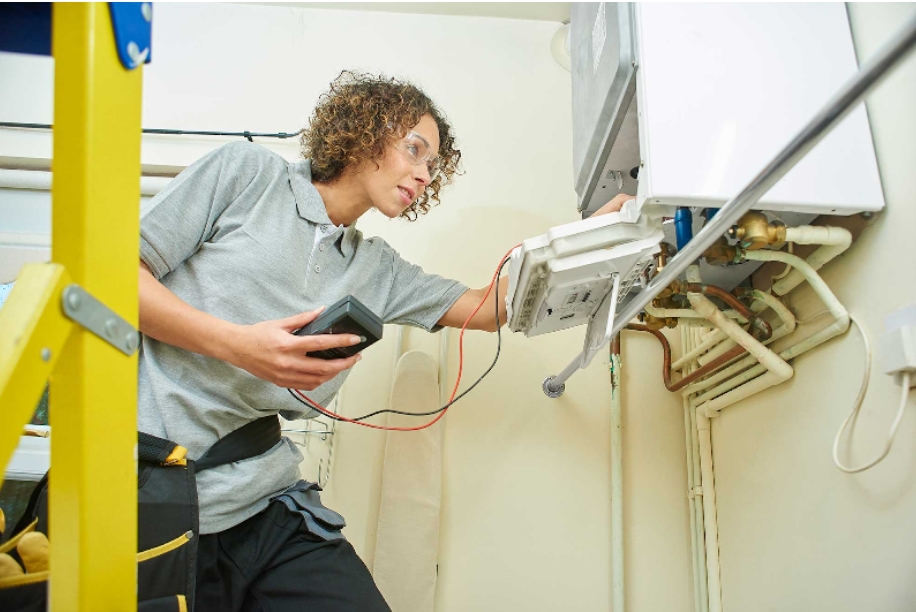Electrical safety is paramount in any property, whether residential or commercial. To ensure the safety of inhabitants and comply with legal regulations, obtaining an Electrical Safety Test Certificate is crucial. This certificate confirms that the electrical installations within a property meet the required safety standards and are safe to use. Whether you’re a homeowner, a landlord, or managing a commercial property, understanding the process of obtaining this certificate is essential. In this guide, we will walk you through everything you need to know about obtaining an Electrical Safety Test Certificate for your property.
Why Do You Need an Electrical Safety Test Certificate?
An Electrical Safety Test Certificate serves several important purposes:
- Safety Assurance: It verifies that the electrical installations in your property are safe and compliant with current regulations, reducing the risk of electrical accidents or fires.
- Legal Requirement: In many jurisdictions, landlords and property managers are legally obligated to ensure that electrical installations are safe for tenants. Regular testing and certification demonstrate compliance with these regulations.
- Insurance Requirement: Insurance providers may require an up-to-date Electrical Safety Test Certificate as a condition for coverage. This ensures that the property meets safety standards, reducing the insurer’s risk.
Who Can Issue an Electrical Safety Test Certificate?
An Electrical Safety Test Certificate can only be issued by a qualified electrician or a registered electrical contractor who is authorized to perform electrical inspections and testing. It is crucial to engage a competent professional with the appropriate qualifications and certifications to conduct these tests.
Steps to Obtain an Electrical Safety Test Certificate
1. Choosing a Qualified Electrician
Start by selecting a qualified electrician or electrical contractor who is registered and licensed to perform electrical inspections. Look for professionals who have experience in conducting Electrical Installation Condition Reports (EICRs) or similar inspections.
2. Initial Inspection (Electrical Installation Condition Report – EICR)
The electrician will conduct a thorough inspection of the electrical installations in your property. This inspection involves checking the condition of wiring, sockets, switches, consumer units (fuse boxes), and other electrical components. Any defects or potential hazards will be identified during this inspection.
3. Testing and Verification
After the initial inspection, the electrician will perform electrical tests to verify the safety and integrity of the installations. This may include:
- Visual Inspection: Checking for visible signs of damage, wear, or deterioration.
- Testing Fixed Electrical Installations: Conducting tests to ensure that wiring and electrical components are functioning correctly.
- Earth Fault Loop Impedance Tests: Checking the electrical earth to ensure it can safely carry fault current to the ground.
- Insulation Resistance Tests: Testing the insulation of cables to ensure they can withstand normal operating voltages.
- Polarity Checks: Verifying that connections are correctly wired to prevent electrical shocks.
These tests are conducted using specialized equipment and techniques to ensure thoroughness and accuracy.
4. Issuance of Certificate
If the property’s electrical installations meet the required safety standards, the electrician will issue an Electrical Safety Test Certificate. This document includes details of the inspections conducted, test results, any identified defects, and recommendations for further actions if necessary.
5. Addressing Defects
If any defects or non-compliances are found during the inspection, the electrician will provide recommendations for remedial actions. It is essential to address these issues promptly to ensure the safety of the property.
6. Validity and Renewal
The validity period of an Electrical Safety Test Certificate can vary depending on local regulations and the condition of the installations. In many cases, certificates are valid for a specified number of years (e.g., 5 years). Regular re-testing and certification may be required to maintain compliance and ensure ongoing safety.
Conclusion
Obtaining an Electrical Safety Test Certificate is a vital step in ensuring the safety and compliance of your property’s electrical installations. By working with qualified professionals, such as those from London Property Inspections, conducting thorough inspections, and addressing any identified issues promptly, you can safeguard against electrical hazards and fulfill legal obligations. Whether you are a homeowner, landlord, or property manager, prioritizing electrical safety benefits everyone involved. Remember, safety should always be the top priority when it comes to electrical installations in your property. In summary, investing in electrical safety through regular inspections and obtaining an Electrical Safety Test Certificate not only protects lives but also safeguards your property against potential risks and legal liabilities.If you want to stay updated with posts like this, please follow us on VIBE ZEN.

